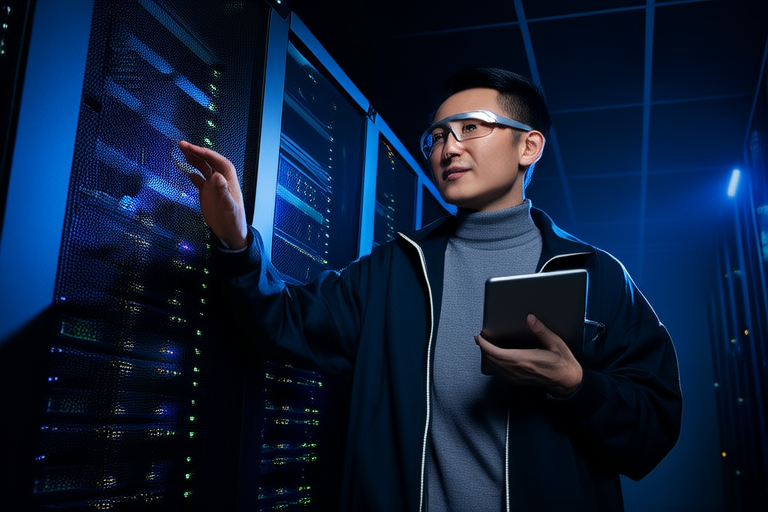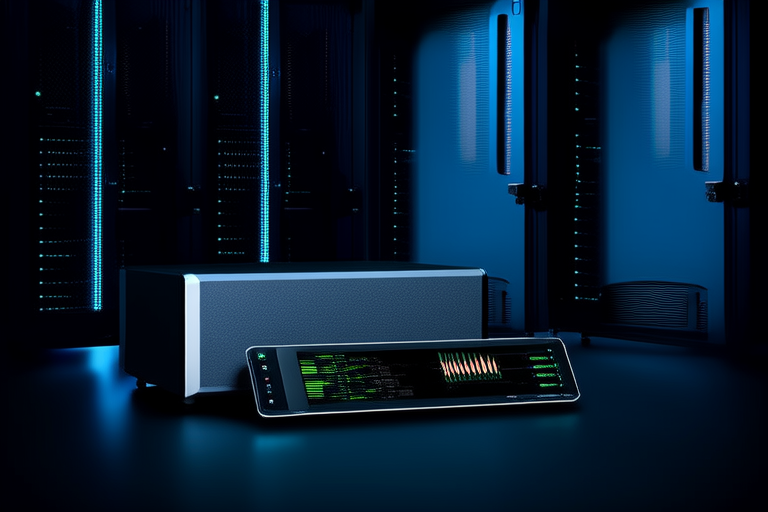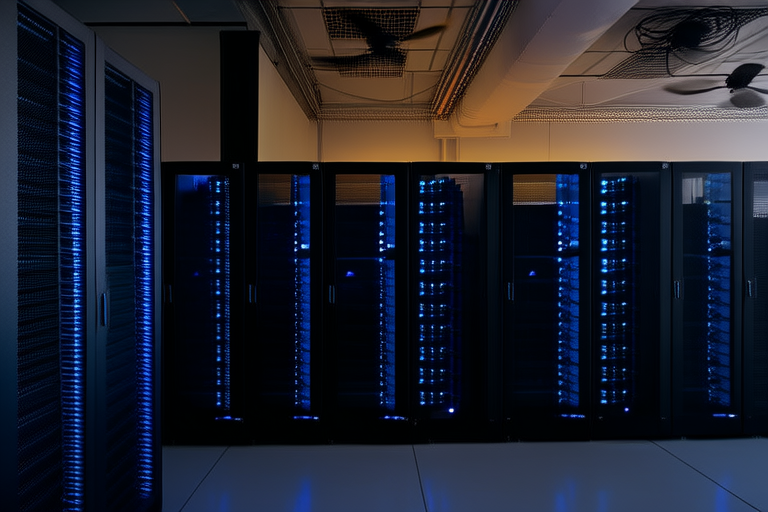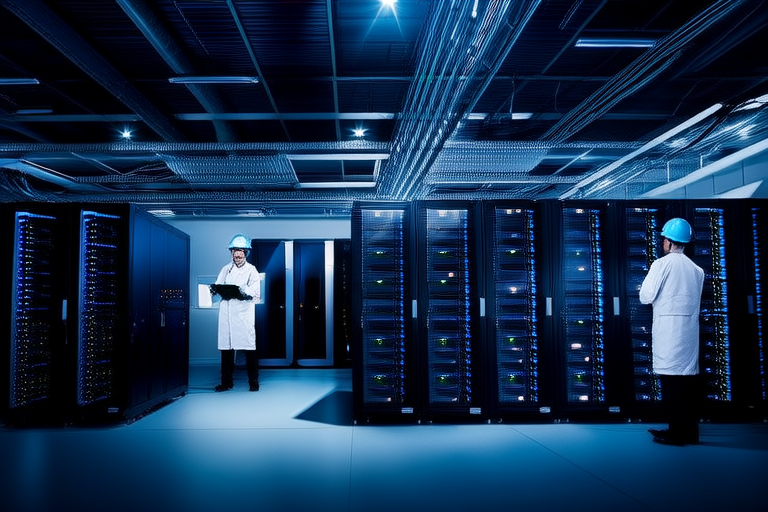Navigating the Future: Cloud or Edge Computing – Which Path to Choose?
Introduction
In today’s rapidly evolving digital landscape, organizations are increasingly turning to advanced computing solutions to meet their technological demands. Two prominent paradigms have emerged: cloud computing and edge computing. Both offer unique advantages and challenges, but which one is right for your organization? This article aims to explore the key differences between cloud computing and edge computing, their respective advantages and disadvantages, use cases, and considerations for organizations deciding which approach to adopt.
The central question posed here is: “Cloud or Edge Computing – Which Path to Choose?” By the end of this comprehensive guide, you will have a clearer understanding of the options available and the factors to consider when making this critical decision.
Section 1: Understanding Cloud Computing
Definition and Core Principles
Cloud computing refers to the delivery of computing services—such as servers, storage, databases, networking, software, and intelligence—over the Internet (“the cloud”). These dynamic resources are provided by third-party service providers and can be accessed on-demand. The core principles of cloud computing include scalability, flexibility, and pay-as-you-go pricing models.
Benefits of Cloud Computing
- Scalability: Cloud computing allows businesses to scale up or down based on demand, ensuring optimal resource utilization.
- Cost-effectiveness: Organizations can avoid large upfront investments in hardware and infrastructure, instead opting for a subscription-based model.
- Accessibility: Cloud services are accessible from anywhere with an internet connection, enabling remote work and collaboration.
Potential Drawbacks
- Latency Issues: Cloud computing relies on internet connectivity, which can introduce delays in data processing and transmission.
- Reliance on Internet Connectivity: In areas with poor network coverage, cloud services may become unreliable.
Industries That Rely on Cloud Computing
Industries such as healthcare, finance, and e-commerce have heavily embraced cloud computing due to its ability to handle large volumes of data and provide robust security features. For example, healthcare providers use cloud platforms to store patient records securely and access them remotely, while financial institutions leverage cloud services for fraud detection and risk management.
Section 2: Understanding Edge Computing
Definition and Differences
Edge computing involves processing data closer to the source, at the “edge” of the network, rather than sending it to a centralized cloud server. This approach reduces latency and improves data processing speed. Edge computing is particularly beneficial for applications requiring real-time data analysis, such as autonomous vehicles and smart cities.
Benefits of Edge Computing
- Reduced Latency: By processing data locally, edge computing minimizes delays in data transmission, enhancing real-time responsiveness.
- Improved Data Processing Speed: Edge devices can handle data processing tasks quickly, reducing the load on central servers.
- Enhanced Security: Sensitive data can be processed and stored locally, reducing the risk of exposure during transmission.
Potential Drawbacks
- Increased Complexity in Infrastructure Management: Deploying and managing edge devices across multiple locations can be challenging.
- Higher Initial Costs: The upfront investment required for deploying edge infrastructure can be significant.
Industries That Benefit from Edge Computing
Industries such as manufacturing, logistics, and telecommunications have found edge computing invaluable. For instance, manufacturers use edge computing to monitor equipment performance in real time, while logistics companies leverage it for route optimization and asset tracking.
Section 3: Key Differences Between Cloud and Edge Computing
| Aspect | Cloud Computing | Edge Computing |
|---|---|---|
| Architecture | Data is processed centrally in the cloud. | Data is processed locally at the edge of the network. |
| Performance | Depends on internet connectivity; may experience latency issues. | Offers lower latency and faster processing speeds. |
| Use Cases | Best suited for applications with less stringent latency requirements, such as email, file storage, and web hosting. | Ideal for applications requiring real-time data processing, such as IoT, autonomous systems, and video analytics. |
In scenarios where real-time processing is critical, edge computing offers a distinct advantage over cloud computing. However, for applications where data can be processed with some delay, cloud computing remains a viable option.
Section 4: Use Cases and Applications
Successful Implementations of Cloud Computing
Cloud computing has been successfully implemented in various industries. For example, Netflix uses cloud services to stream videos efficiently and reliably, while Amazon Web Services (AWS) powers numerous startups and enterprises with scalable infrastructure solutions.
Successful Implementations of Edge Computing
Edge computing has also seen widespread adoption. Autonomous vehicles, for instance, rely on edge computing to process sensor data in real time, enabling safe navigation. Smart city initiatives use edge computing to manage traffic flow, optimize energy consumption, and enhance public safety.
Hybrid Approaches Combining Both Cloud and Edge Computing
Many organizations are adopting hybrid models that leverage both cloud and edge computing. For example, a smart factory might use edge computing to monitor machine performance in real time while storing historical data in the cloud for long-term analysis.
Section 5: Considerations for Choosing Between Cloud and Edge Computing
Factors to Consider
- Data Volume: Organizations handling large volumes of data may find edge computing more efficient, as it processes data locally.
- Latency Requirements: Applications requiring low-latency processing, such as real-time analytics, benefit from edge computing.
- Budget Constraints: While cloud computing can be cost-effective initially, the total cost of ownership for edge computing can be higher due to infrastructure investments.
The Role of IoT Devices
The proliferation of IoT devices has further emphasized the need for edge computing. As more devices generate data, the strain on cloud infrastructure increases. Edge computing helps alleviate this burden by processing data locally.
Evaluating Current Infrastructure and Future Needs
Before choosing between cloud and edge computing, organizations should carefully assess their current infrastructure and future needs. A thorough evaluation will help identify the most appropriate solution for their specific requirements.
Conclusion
In summary, cloud computing and edge computing each offer unique advantages and challenges. Cloud computing excels in scalability, cost-effectiveness, and accessibility, while edge computing provides reduced latency, improved data processing speed, and enhanced security. The choice between these two paradigms depends on specific organizational needs and goals.
We encourage readers to carefully assess their requirements before making a decision. By understanding the key differences and considerations outlined in this article, organizations can make informed choices that drive innovation and efficiency.




